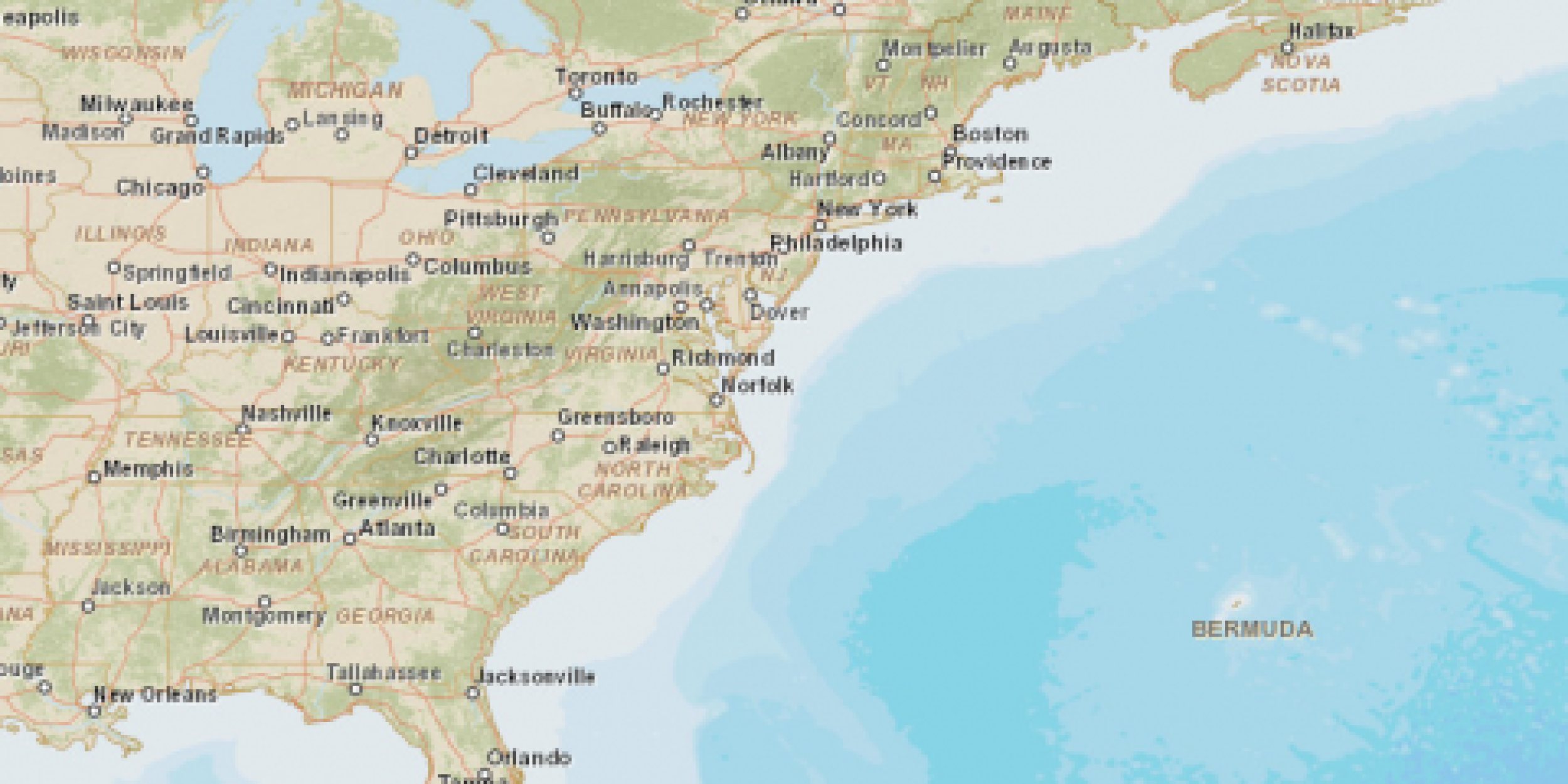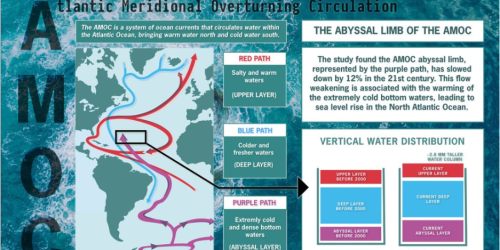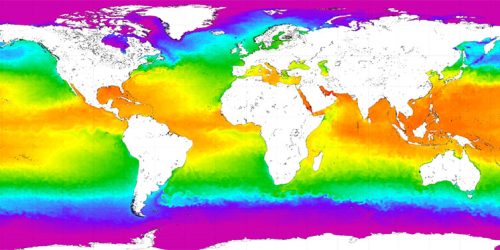A recent study funded in part by the Climate Program Office’s Climate Variability & Predictability (CVP) Program explores the effects of sea level pressure and wind on changing sea level along the U.S. east coast. This paper is part of a project by CVP-supported scientist Weiqing Han of the University of Colorado to determine causes for variability and change along the northeast coast of the U.S. in a changing climate. CVP supports this research in the context of a larger initiative to support the needs of NOAA Fisheries. Published in Geophysical Research Letters, the research team from the University of Colorado and NOAA’s Earth System Research Laboratory analyzes sea level change throughout the seasons and considers time scales from year-to-year to decades to provide new findings compared with previous research. The results focus on a certain pattern in which sea level rises relative to surrounding areas when a low pressure system moves over a region, and vice versa. Recent decades have shown enhanced low sea level pressure in the curved portion of the U.S. east coast from North Carolina to Massachusetts, which is associated with a relative sea level rise. This pattern combines with wind stress in the summertime and the effect grows larger over time. Climate models of the U.S. east coast and larger global systems will benefit from this new understanding of regional sea level change, potentially improving future projections that are important for the needs of NOAA Fisheries and broader issues of coastal resilience.
Persistent Low Pressure Systems and Wind Stress are Causing Sea Level Rise on the East Coast











